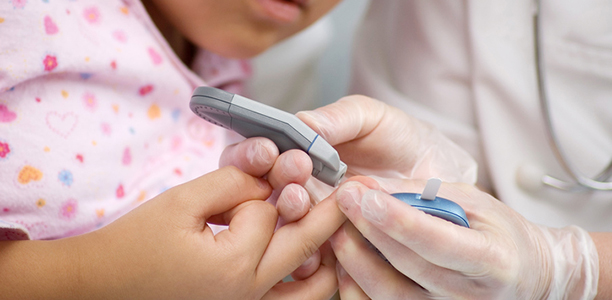University of Queensland researchers have found a way to identify infants who will go on to develop type 1 diabetes.
UQ Diamantina Institute researcher Professor Ranjeny Thomas said the discovery would lead to the development of better screening tests to identify children at highest risk.
“Most children diagnosed with type 1 diabetes do not have a family history, hence population screening could reduce life-threatening complications before diagnosis,” Professor Thomas said.
“By looking at a child’s gene activation pattern early in life, we are able to identify those who will progress to develop antibodies.
“Once they have two antibodies, it’s highly likely they will go on to develop type 1 diabetes.
“As antibodies are infrequent in the general population, we are currently only using them to screen children from high-risk families in research programs.”
The team examined data collected over 10 years from two cohorts of children at risk of type 1 diabetes.
They identified a seven-gene expression signature in infants in the first year of life, which when combined with a genetic risk score, identified children with a high-risk of developing diabetes antibodies.
“This signature can screen out infants who are at low risk of developing type 1 diabetes, so that monitoring can be focused on children with highest risk,” Professor Thomas said.
Lady Cilento Children’s Hospital paediatric endocrinologist Dr Mark Harris said monitoring an at-risk child reduced the likelihood they would present with diabetic ketoacidosis, a medical emergency.
“In children who are part of a monitoring program, the incidence of diabetic ketoacidosis is less than five per cent,” he said.
“Currently we’re seeing up to 40 per cent of children presenting with diabetic ketoacidosis.
“Through population screening, we’d be able to reduce that dramatically, while trialling preventive strategies.”
Type 1 diabetes occurs when a person’s immune system attacks insulin-producing cells in the pancreas and is most commonly diagnosed in children.
There is no cure, and patients require daily insulin to control blood sugar levels.
(Source: University of Queensland)










